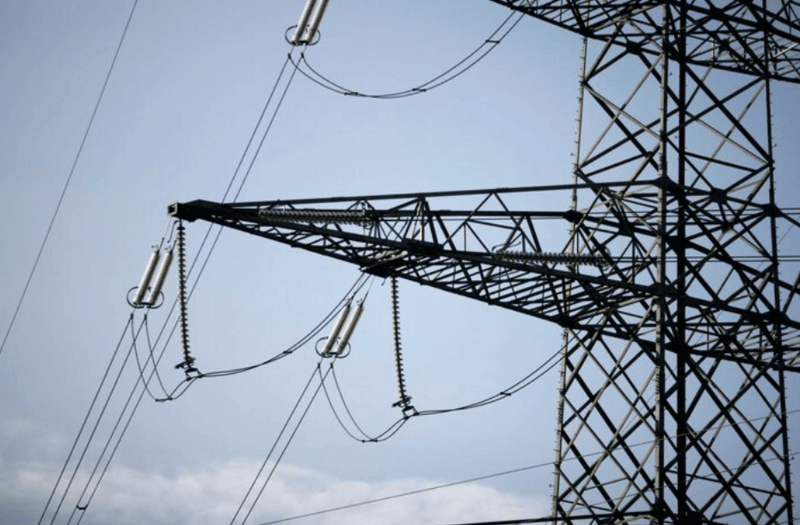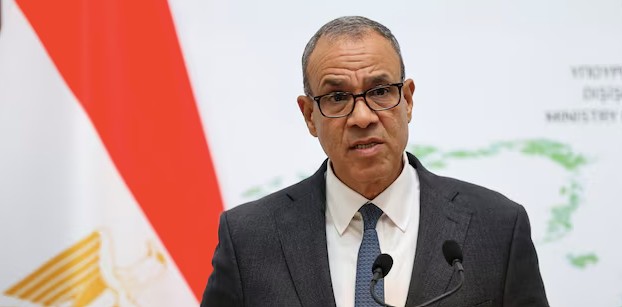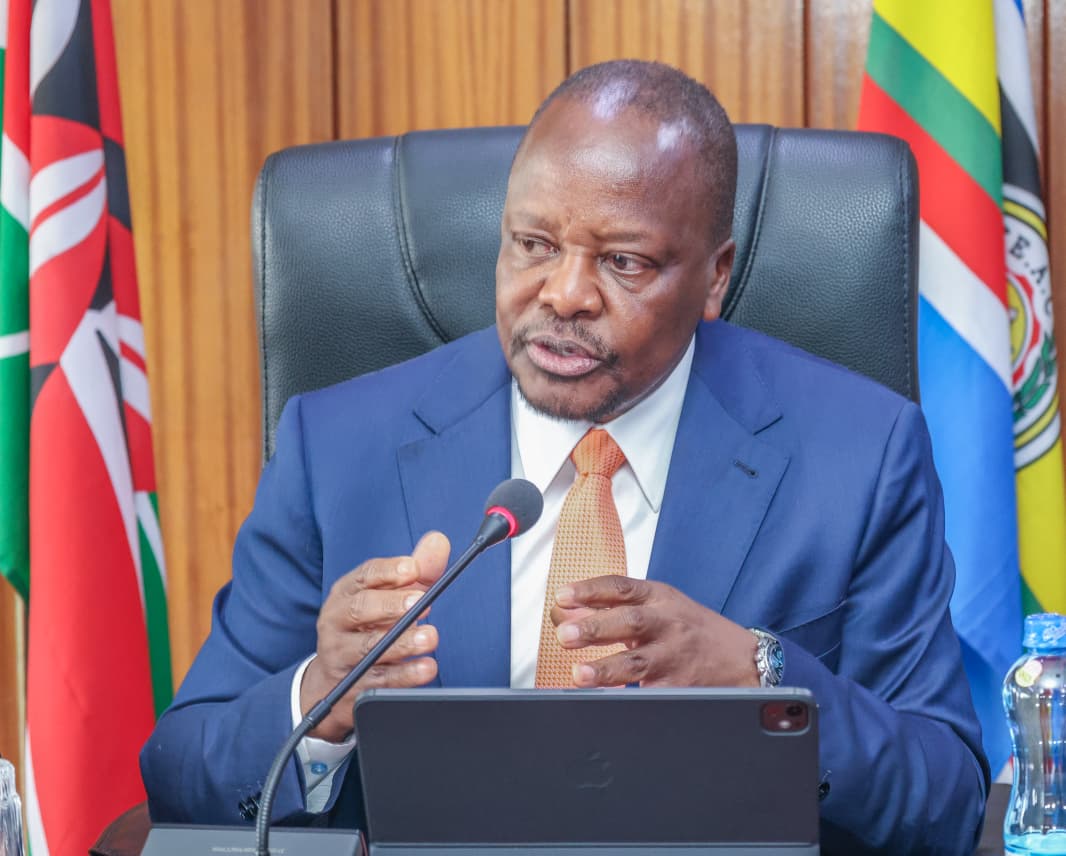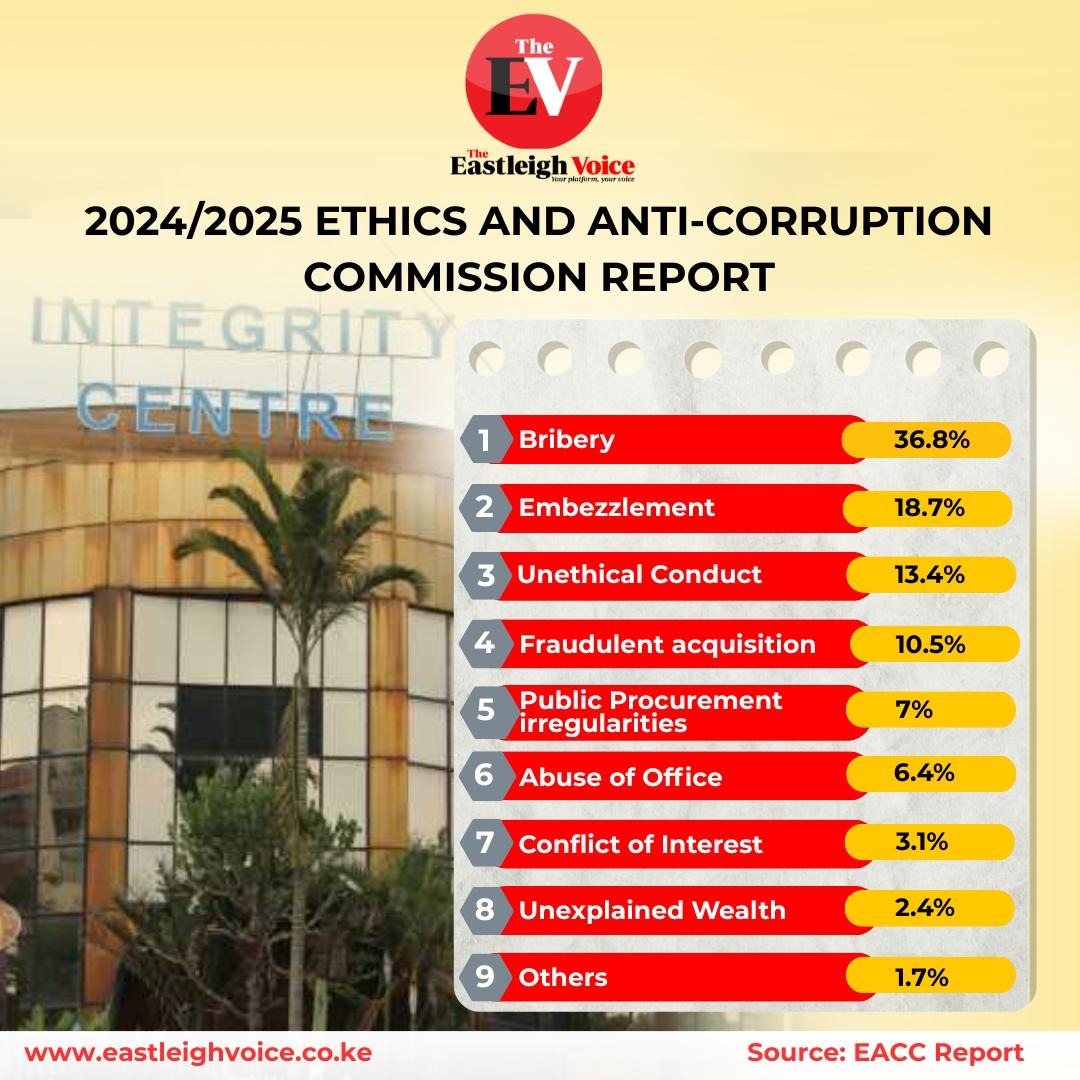Kenya records highest electricity imports as domestic supply dips

Power purchased from Uganda nearly doubled compared to the previous month, reaching 32.5 million kWh in August from 18.95 million kWh in July.
Kenya has set a new record for electricity imports, highlighting its growing reliance on neighbouring countries to meet rising energy demand.
In August 2025, the country brought in 150.45 million kilowatt-hours (kWh) of electricity, the highest level ever recorded, as domestic generation fell slightly and demand reached unprecedented levels.
More To Read
- Auditor General flags Kenya Power for missing 30 per cent tender quota for youth, women, and PWDs
- Kenya’s electricity demand hits all-time high of 2,439 MW, straining power generation capacity
- Kindiki unveils Sh1 billion plan to power 6,100 Marsabit homes
- State agencies, counties owe Kenya Power Sh4.67 billion in unpaid bills - Auditor General
- Kenya Power ends manual applications, new connection requests exclusively via website
- Over 16,000 in the dark as Kenya Power struggles to procure essential meters, transformers
Data from Kenya Power shows that overall imports rose five per cent from July’s 142.36 million kWh, with Uganda emerging as the largest contributor.
Power purchased from Uganda nearly doubled compared to the previous month, reaching 32.5 million kWh in August from 18.95 million kWh in July.
Meanwhile, imports from Ethiopia declined slightly, providing 117.77 million kWh compared to 122.08 million kWh the prior month.
The increase from Uganda was facilitated by the completion of a new transmission line that connects the two countries, ensuring a more reliable flow of electricity, particularly to western Kenya.
This infrastructure upgrade comes as Kenya continues to face pressure from rising energy consumption and a freeze on new power purchase agreements, which have limited local supply expansion.
Electricity demand in August hit 2,363.41 megawatts, setting a new peak and highlighting the strain on Kenya’s energy grid. Kenya Power Managing Director Joseph Siror expressed concern over the country’s heavy dependence on imports.
“It is a major concern, and this is not premised on the thinking that they will be unable to support us. Rather, my concern is that this is hydropower from these countries and, in a situation where there is a serious drought, it may put them in a position where they might be unable to meet this obligation,” Siror said.
Domestic electricity production dipped one per cent to 1.146 billion kWh in August, with declines in hydropower and wind generation.
Hydropower output fell to 296.01 million kWh from 320.73 million kWh, while wind generation dropped to 154.99 million kWh from 165.51 million kWh.
These sources are the second and third largest contributors to the national grid after geothermal power, which remains dominant, supplying 39.7 per cent of electricity between January and August.
Hydropower accounted for 23.7 per cent of total electricity during the same period, while wind and imports contributed 12.7 per cent and 10.9 per cent respectively.
Kenya maintains a 25-year import agreement with Ethiopia, currently capped at 200 megawatts for the first three years, doubling from December 2026.
Additional arrangements with Uganda and Tanzania allow power exchanges, where the country that imports more pays the other, ensuring flexibility in meeting demand.
The record imports in August underscore both the growing domestic energy needs and the strategic importance of regional power cooperation.
Experts warn that continued reliance on imported electricity leaves Kenya vulnerable to fluctuations in hydropower generation abroad, particularly during drought periods.
Top Stories Today















































